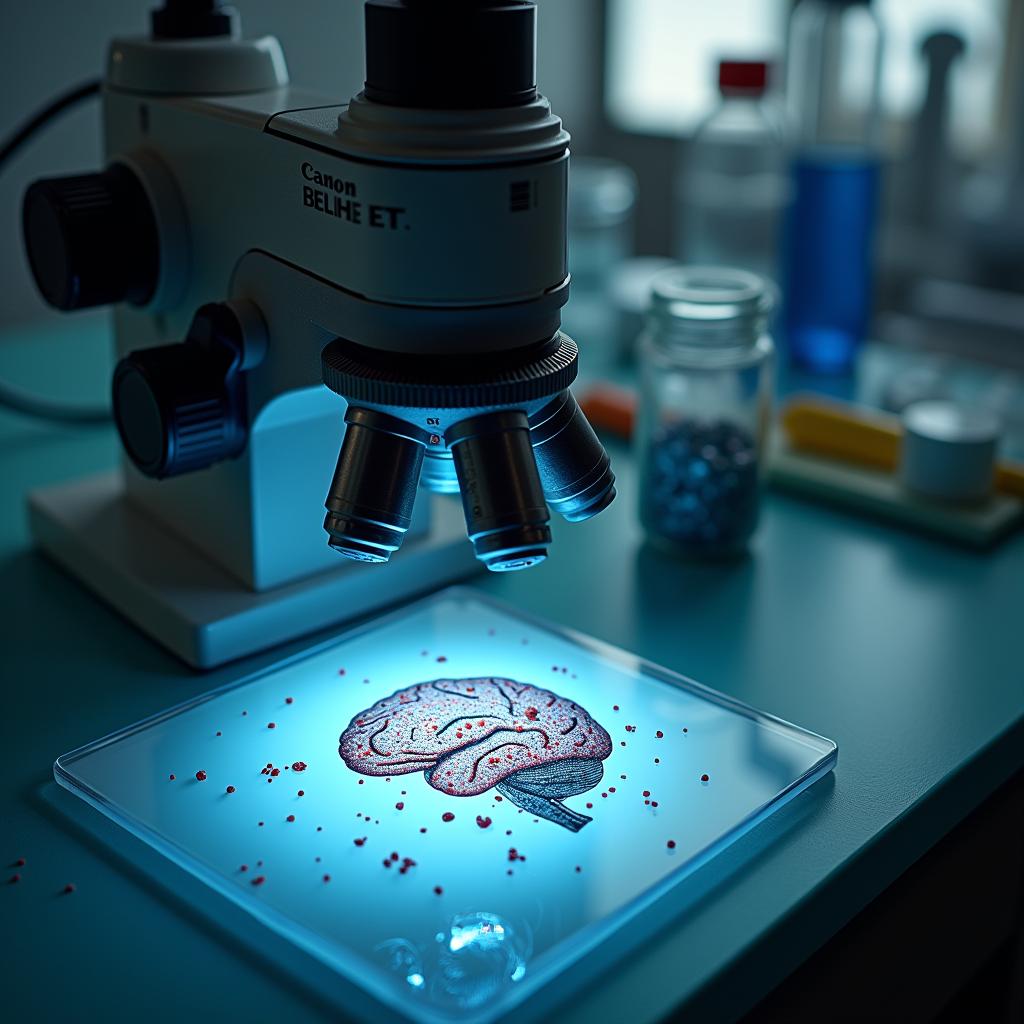
Here’s something that might make you think twice about that plastic water bottle: scientists have discovered that human brains today contain a whole spoon’s worth of nanoplastics. Yes, you read that right—tiny plastic fragments are showing up in our brains, and the levels are only getting worse.
According to a new study, brain samples from 2024 had 50% more plastic than those collected in 2016. Researchers found that the average brain tissue contained about 4,800 micrograms of plastic per gram—roughly the weight of a standard plastic spoon. To put it another way, our brains are now 99.5% brain and 0.5% plastic.
Even more concerning? The brains of people diagnosed with dementia before death had three to five times more plastic fragments than healthy brains. These tiny shards were concentrated in blood vessel walls and immune cells, raising questions about their potential role in brain diseases.
But before you panic, experts are quick to point out that this doesn’t prove plastic causes dementia. "It’s likely that the disease itself creates conditions where plastics accumulate," one researcher explained. Still, the findings are enough to make anyone rethink their relationship with plastic.
So, how did these plastics get into our brains in the first place? One theory suggests nanoplastics hitch a ride with the fats we eat, sneaking through the blood-brain barrier. The brain, which is about 60% fat, seems to be a magnet for these tiny invaders.
While the health effects aren’t fully understood, researchers agree that reducing plastic exposure is a smart move. Simple steps like avoiding single-use plastics, choosing glass or metal containers, and supporting bans on plastic bags can make a difference.
The takeaway? Plastic is everywhere—even in our heads. And with global plastic production set to double by 2040, it’s clear we need to tackle this issue head-on.
Editor’s Note: This story was updated to reflect the final peer-reviewed study published in Nature Medicine.
